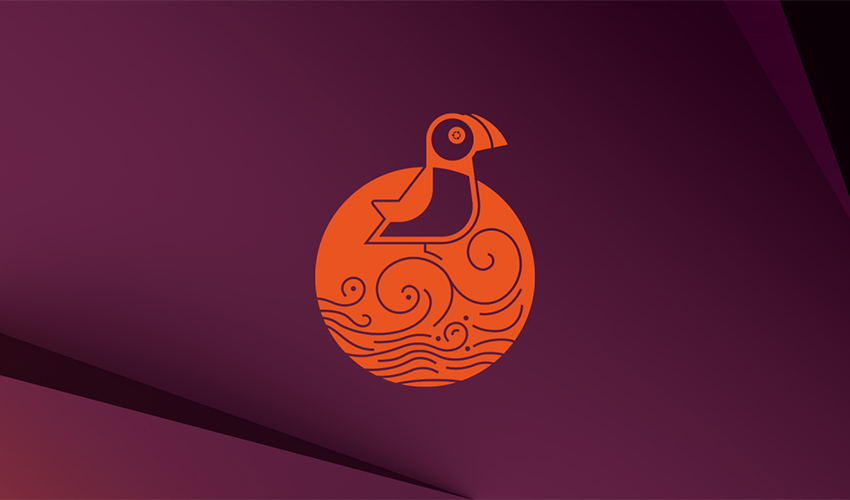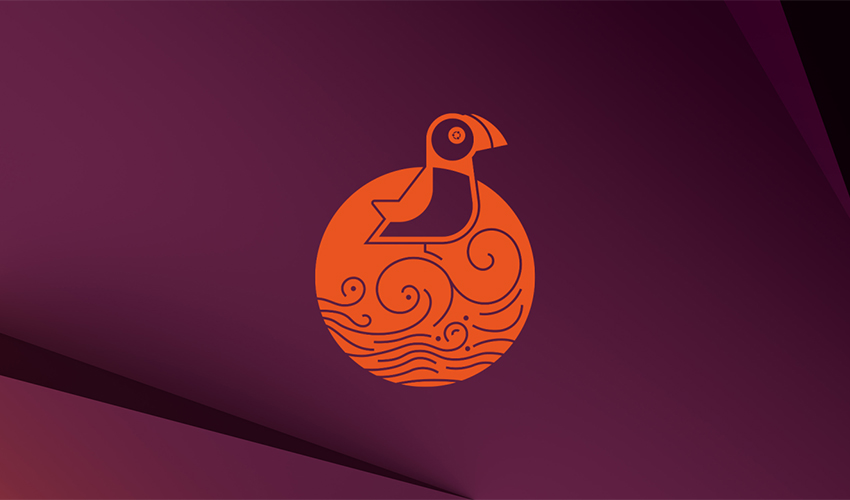
Ubuntu has long stood as a bastion of accessibility, polish, and power in the Linux ecosystem. With the arrival of Ubuntu 25.04, codenamed “Plucky Puffin”, Canonical has once again demonstrated its commitment to delivering a modern, forward-thinking operating system. This release isn’t just a routine update — it’s a confident stride into a future where Linux desktops are visually stunning, developer-friendly, and brimming with potential.
From the sleek new GNOME 48 desktop environment to the long-awaited HDR (High Dynamic Range) support, Ubuntu 25.04 introduces meaningful innovations for casual users, creative professionals, and hardcore enthusiasts alike. Let’s explore this release in depth.
The Spirit of “Plucky Puffin”
Ubuntu releases are known for their quirky animal-themed codenames, but “Plucky Puffin” feels particularly fitting. The word plucky denotes courage and determination — a nod to the OS’s bold push into new visual territories and its refined user experience. The puffin, a resilient seabird, suggests adaptability and elegance — both apt descriptors for Ubuntu’s trajectory in 2025.
Canonical has positioned Ubuntu 25.04 as a springboard for technological maturity ahead of the next long-term support (LTS) release. While it’s a standard, short-term release with 9 months of support, it packs significant under-the-hood improvements and user-facing features that elevate it beyond expectations.
GNOME 48: The Best Desktop Yet
One of the crown jewels of Ubuntu 25.04 is GNOME 48, the latest iteration of the popular desktop environment. GNOME 48 continues to refine the modern, minimalist ethos that has become its signature — but this time, with more responsiveness, better gesture support, and improved multitasking.
Visual Enhancements and Layout Tweaks
-
The Activities Overview is smoother and now integrates multitouch gestures on laptops and touchscreens. Swipe-based workspace switching feels intuitive and immediate.
-
New settings panels have been reorganized for clarity, especially in areas like display, accessibility, and power management.
-
The Files (Nautilus) app has received subtle UI updates and performance boosts, with quicker load times and enhanced file indexing.
Performance and Accessibility
-
GNOME 48 is noticeably lighter on RAM, thanks to backend improvements in Mutter (the window manager) and GTK 4 refinements.
-
Accessibility tools like screen readers and magnifiers now offer smoother integration for users with visual or physical impairments.
Source: Read More

